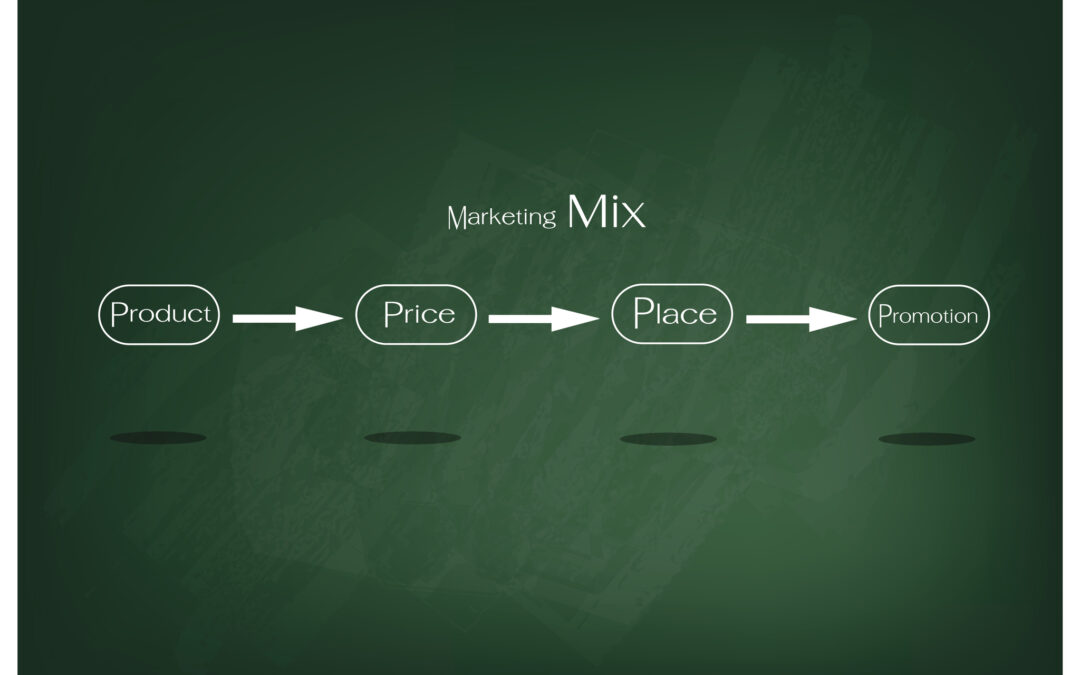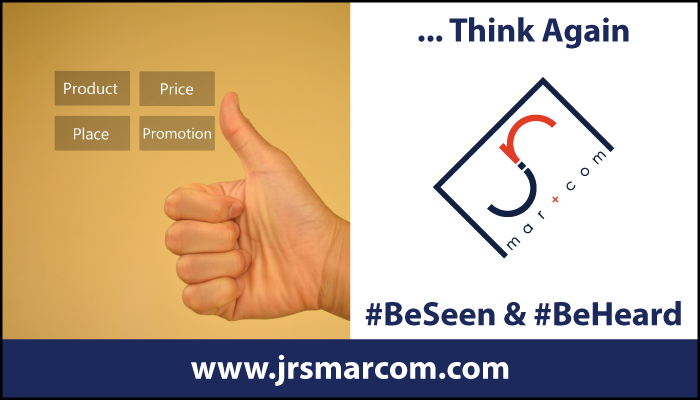At some point in any marketer’s career, the 4 P’s of marketing are introduced, whether during a basic marketing course or an internship where the theory was passed from mentor to mentee. There’s a reason this particular tenet of marketing has been part of the curriculum for years: it makes sense.
In case you’ve been out of school for years, here’s a refresher:
- Product – Does your product address your target buyer’s specific pain points?
- Price – Does your price reflect the product’s value while also being competitive?
- Place – Can buyers find your product when they need or want it?
- Promotion – Where and when can you get your marketing message across?
The 4 P’s are a classic lesson straight from the marketing playbook. Salespeople and small business owners have been familiar with the concept for decades. Which leaves a particular question wide open for debate: Are the 4 P’s of marketing still relevant?
In a word: yes. The 4 P’s are inseparable from a management perspective. You will always have to consider them when making marketing decisions. However, the rapid growth of digital marketing, incorporating websites, SEO, SEM, social media, and content marketing has necessitated a few changes to the core concept.
The 4 P’s from your original marketing plan may not take digital marketing into account. In a sense, digital capabilities could open up any one of the 4 P’s, from making products available through online sales outlets to reaching buyers through digital outlets. New tools must be considered, including social media marketing, e-commerce websites, and digital display advertising. You should certainly be considering mixing in more digital strategies with what you are already doing, and then take time to evaluate what works best for your target audience.

It’s important to remember that we don’t neglect any of the efforts in your marketing mix at the expense of others. “We decide, measure, analyze, and amend every marketing dollar spent on development of rabid customer advocates.” If any component of the marketing mix doesn’t ‘move the needle’ after a period, we re-allocate to another.
While we will never be able to completely abandon those P’s, a new era of digital marketing has brought about the need to expand our alphabet. JRS Mar/Com is an advocate of the opportunity created through the rise of digital marketing. There is a new marketing edict, the 4 C’s:
Create – Developing unique, evergreen content that distinguishes your business from your competition and is a great way to generate affinity and awareness. Before digital media, we were limited in what we could put in front of the eyes of our potential customers. We were limited to print materials, which were costly and needed to be strategically placed, and ads on television or radio, which were even more costly, and depended dearly on timing.
The internet has now provided every business owner with a platform to create beautiful content and to make it available to a broad audience at a fraction of the cost of the former ads. The fruit of your creativity can now abound well past the 30 second time slot you may have purchased in the past.
Curate – Hopefully, as your business has grown, you have made personal relationships with your customers. They mean more to you than their open wallet. You want to give them more than a product now. You want to give them a lifestyle to be involved in. Now is the time to provide them with relevant, informative, entertaining content. While your customers will appreciate the extra step you take for them, you will also benefit from increased engagement.
What will that content look like for your brand? You know your business better than anyone. Especially knowing your customers, you should have a good idea what their attention span is like, their vernacular, the type of events they would be interested in, etc.
Connect – The old “push model” in media is extinct. Outbound marketing is declining as inbound in on the rise. Baby Boomers and older Gen Xers may have been okay getting lost in the crowd, but younger generations are seeking attention. To engage with your clients is to feed that need for them, and meeting their needs leads to more customer loyalty and repeat business. Share their pain points, exaltations, and queries. You will be rewarded as a business. Assign clients to specific team members and encourage your staff to communicate with their clients on a first name basis, if possible. Create a warmth and sense of comfort so that clients stay with you.
Digital media allows for development of closer monitoring, dialogue, and relationships. So much business is done on social media now, that cold calls are becoming obsolete. However, this also means that time has become more relevant. Customers will expect nearly instantaneous response to their inquires, or they will move on to the company that will fill that need.
Culture – Does your company embrace digital marketing strategy or are you stuck in “phone book” culture. (Remember those? What do children even use for booster seats now?) If you aren’t sharing your culture with your community, then it’s unlikely that you will develop the rabid brand advocacy that can become a referral source.
What is meant by a company’s culture? Go back to those 4 P’s. (See? They are still useful.) Think about the problem your product solves. Think about who will be using your product and why. How will you make your buyers feel like part of your brand family? That is your culture. Align yourself on social media with similar groups, or create your own brand community. Don’t be afraid to get specific and personal. Make a stand. Today’s buyer wants to make a difference in the world. Give them that opportunity with your brand.
Making sure you develop strategies for your annual marketing effort is an opportunity to get down to work and do some planning. By examining the framework of your plan, your business can begin to shift towards increased measurement. Once you take a look at those measurements and analyze the data (that most social media outlets are happy to provide), you can make adjustments to the mix of traditional versus digital marketing strategies you have been using, as well as getting rid of what doesn’t work and brainstorming new ideas for what could work.
If your business is ready to start shifting its spend toward more digital marketing strategy, you can begin to answer the following questions:
- How many monthly visits click thru to my website?
- Where do those visits come from?
- Where do they go once they arrive?
- How many visits do I need to receive a phone call or contact form submission?
- Am I getting a return on my marketing spend?
Current algorithms now make it possible to analyze your reach more specifically than ever before. Getting these answers can lead you to pinpoint an even better visual of who you are reaching and if they are converting. And as every good marketing student knows, every conversion leads to more sales and a more widely known brand, the goal of every business.





